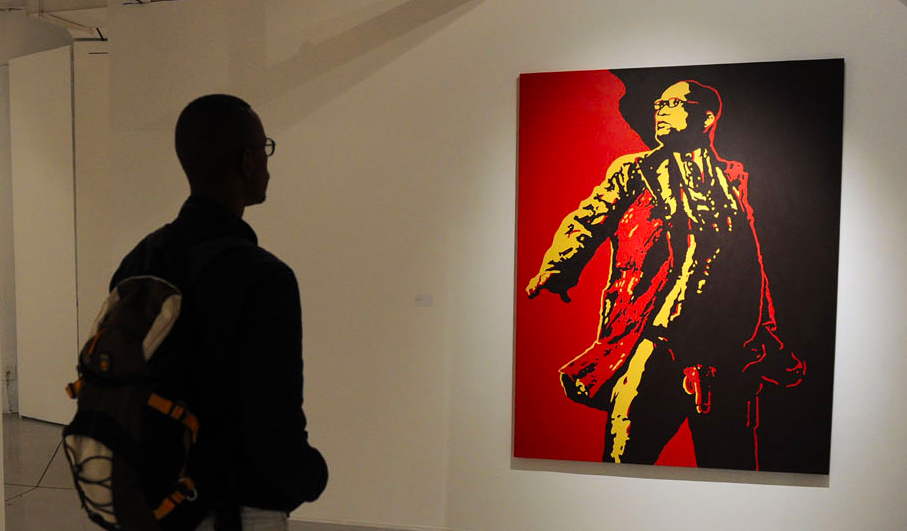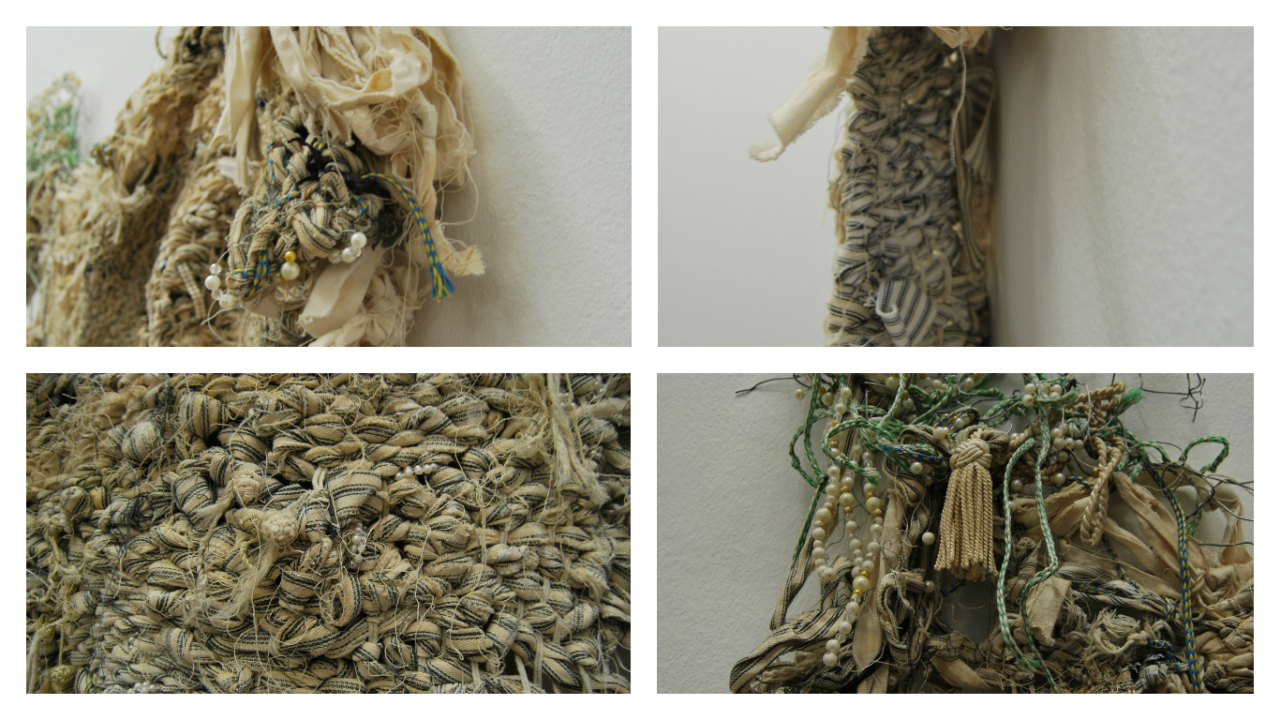But then your gaze is diverted downward, and you notice the unzipped trousers, his penis hanging from the open fly. Based on Viktor Ivanov’s iconic image of Lenin, Brett Murray’s The Spear of the Nation is one of the most controversial works in contemporary South African art.
Mere days after it was put on display at the Goodman Gallery in Johannesburg as part of the exhibition “Hail to the Thief” in May 2012, the work was condemned by Zuma and various government officials, vandalized, and eventually triggered a defamation lawsuit by the ANC. The picture itself clearly alluded to the president’s apparently exuberant sexuality, and implied the widespread abuse of power within the ANC government. Zuma has also frequently been the subject of a series of works by Ayanda Mabulu; most recently #Zupta state capture which depicts the president in a sexual act with Atul Gupta, an Indian-South African businessman whose family has become controversial for their close relationship with Zuma.

The Spear of the Nation, Brett Murray
There can be no misconceptions or false impressions when viewing these satirical works – they convey a very focused, loud message about the state of affairs in South Africa.
“I love using aesthetics to disarm people,” says Adams. “It’s a much more effective way of getting your message across.” He believes that taking an aggressive stance isn’t as effective as engaging his audience with themes and ideas he likes to grapple with in his work, like his religion. We spoke on the eve of his installation of a new piece at Artissima, a shimmering tapestry titled Takbir (which sold for €10,000 at the fair), consisting of transparent beads that his family strings for him. A subtle detail on the work is the spray painted calligraphy, a detail easily missed.

Igshaan Adams, As Grace Opens — photos via DIPTYCH
Being Muslim, Islam is a strong feature in his work. “The truth is I do see the world through my beliefs,” says Adams. “The perception of the religion is the complete opposite of my personal experience. I think Islamic calligraphy and the architecture within Islamic art is the best manifestation of the beauty of its teachings.”
“My specific cultural and racial alchemy and position and experiences have been an issue, and I suspect that it’s increasingly becoming an issue I’ve been pulled into, and it will probably show up more [in my work].”
This “quiet activism” is a theme among a new generation of South African artists, like Turiya Magadlela, whose hauntingly beautiful works created with stockings stretched over canvas, which subtly addresses the alarming rate of violence against women in the country.
Does art still have the power to lead to political change, then? And is it a question of the squeakiest wheel that gets the grease? The messages in works by artists like Ayanda Mabulu is quite clear, yet the quiet resolution of this new generation of quiet activist artists manage to pierce even the most hardened observer.
“I never really like to think of what art should or shouldn’t be,” Adams emphasizes. “I think there’s space for both [approaches] and there should be both.”
“I often wonder: ‘is art really that powerful?’ But there’s something about art that activates something inside you, it makes you more human. It also instils a sense of wisdom, where you are able to look at something beyond the surface, or at least realise that it’s in your best interest to look at something from as many points of view as possible before you make a judgement about it.”
“Even if nothing else, it can at least add to a conversation of change.”
image : Igshaan Adams, As Grace Opens









